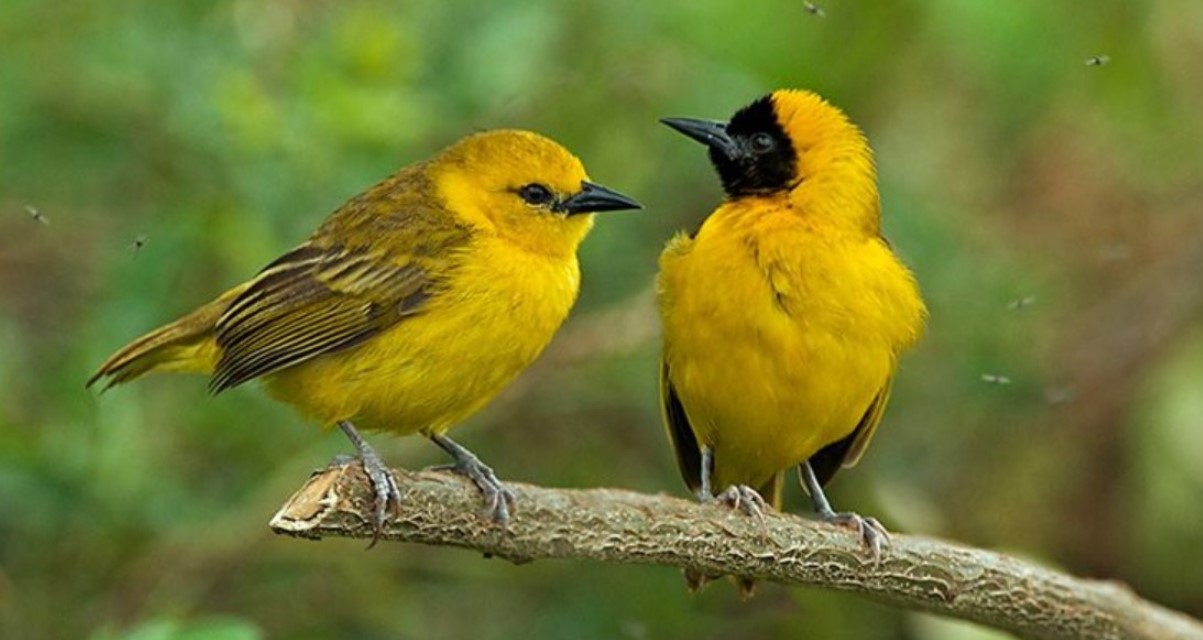Bwindi is a popular impenetrable forest in the southwestern part of Uganda known for the endangered mountain gorillas. It was gazetted in 1993 by the government of Uganda to protect mountain gorillas and other wildlife species that were there at the time. Currently the 321sq.km piece of land is home to 11 primates, 120 mammals, and 350 bird species.
Mountain gorilla trekking is the most done activity in Bwindi Impenetrable Forest National Park attracting thousands of travelers from different parts of the world. Gorilla trekking is a 2 to 5-hour activity within the park and this means tourists have free time to take part in tourism activities organized inside and outside the park. Below we are looking at different activities that tourists can engage in after mountain gorilla trekking.
Things to do in Bwindi after gorilla trekking
Mountain gorilla habituation
Gorilla habituation is another activity different from gorilla trekking in Bwindi impenetrable forest national park. When tourists are done with normal gorilla trekking, they can go for gorilla habituation which is a four-hour time around semi-habituated mountain gorillas making them get used to human presence around them.
Gorilla habituation in Bwindi Impenetrable Forest National Park is only carried out in the Rushaga sector of the park. This means tourists should better go gorilla trekking in the southern sector in either Nkuringo or Rushaga. Gorilla habituation will always give tourists a different experience for it comes with an opportunity to take part in the activities which make gorillas get used to human presence around them.
Bird watching
The thick impenetrable forest of Bwindi is home to over 350 bird species which makes it a good destination for bird watching. After gorilla trekking or habituation, trekkers who are interested in bird watching or birders can take part in the activities in any of the sectors of the park that favor them. Birding is mostly done in Buhoma and Ruhija sectors of the park and birders are able to see most of the species said to be living in the park.
Bird watching in Bwindi impenetrable forest national park introduces to bird species such as Grauer’s broadbill, African broadbill, shelley’s crimsonwing, handsome francolin, African emerald cuckoo, grauer’s swamp warbler, white-tailed blue flycatcher, joyful greenbul, handsome spurfowl, white starred robin, mountain yellow warbler, black bee-eater, Albertine boubou, regal sunbird, Rwenzori apalis, great blue turaco, black-throated apalis, klaas’s cuckoo, bocage’s bush shrike, and olive green camaroptera to mention but a few.
Batwa community visits
Batwa cultural visits in Bwindi Impenetrable Forest National Park can be done after gorilla trekking activities. After resting at the lodge, in the evenings tourists can move to the communities of the Batwa. A local guide helps to take tourists to any of the communities where they interact with the locals.
The Batwa community visits come with an opportunity to meet the pygmies and get to know about their history. The elderly will tell stories of how they survived in the jungle before being chased out to gazette the parks. They will also talk about the foods they eat, how they hunted animals, and the herbs they used as local medicine. A group of dancers will entertain tourists at the end of the activity to lighten up the day.
Nature walks
Explore the impenetrable forest of Bwindi on foot. A nature walk safari is an adventure activity where participants embark on a relaxed guided walk within the forest. This activity comes with an opportunity to see different wildlife species, water sources, and vegetation covers. Bwindi is home to 120 mammals, 11 primates, and 350 bird species which tourists have an opportunity to see during the walks.
Different nature walks are constructed within Bwindi Impenetrable Forest National Park for example Ivy River Trail, Kashasha Trail, Munyaga River Trail, Bamboo Trail, and Muzabajiro Trail among others. Tourists get to see animals like chimpanzees, monkeys, elephants, olive baboons, side-stripped jackals, and giant forest hogs among others.
When to visit Bwindi
Tourists may visit Bwindi Impenetrable Forest National Park at any time of the year however the dry season is the best. June to September and December to February are the best times one needs to visit the impenetrable forest of Bwindi. This is because the months have good weather that is characterized by little rainfall and plenty of sunshine.
During the dry season, the plenty of sunshine keeps the trekking/walking trails dry and passable which eases the activities for tourists. The vegetation within the jungle is also short and scattered allowing tourists to have a clear view of the attractions. Roads leading to the park are in good condition allowing the tourists to access locations at the right time.
Budget travelers can visit Bwindi Impenetrable Forest National Park during the rainy season to enjoy the discounted tour packages. Lodges and tour companies reduce the prices during that period to attract a few of the travelers that are visiting the country. Tourists should however be aware of the too much rainfall and little sunshine during that period.
Trekking trails and nature walks trails are muddy and slippery in the rainy season which affects the speed of tourists, vegetation is tall and thick with unclear views of wildlife, and roads leading to the park are impassable. Those looking for less crowded places are welcome to Bwindi in the rainy season because that is when a few people are within the park.

